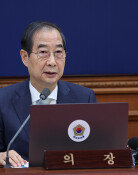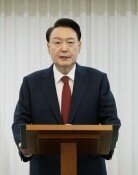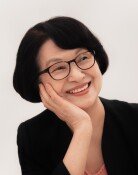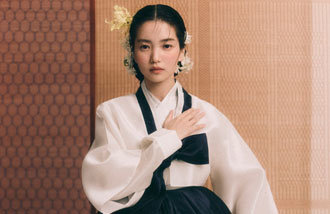Late Period of Joseon seen as Graceful Losers
Late Period of Joseon seen as Graceful Losers
Posted December. 21, 2021 07:40,
Updated December. 21, 2021 07:40
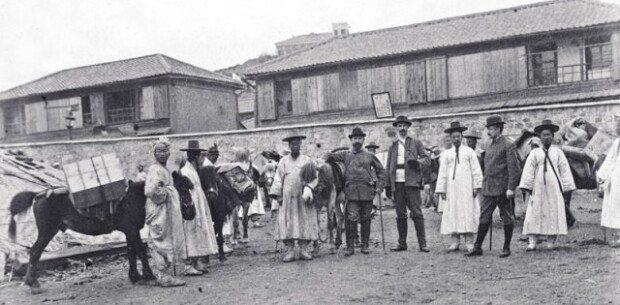
“They were sturdy and good-looking, smoking with their long pipes or chatting in front of stores, as they sat crouched like graceful losers,” wrote Peter Jesen (1858~1926), an art historian that arrived in Joseon in April 1913, in his recording of ‘Japanese in Joseon.’ He had visited the U.S., Russia, China, Japan, and Korea to devise cultural policy at the support of the German Ministry of Culture. He found it interesting that the Joseon people at that time had dressed in white Hanbok from top to toe, despite the widespread Western attire through Japan.
“The Graceful Loser Country” is a translated version of records of three Germans that visited Joseon during late 19th centuries and early 20th century. It is a detailed description of the Joseon people from a German perspective. The travelog of Jesen and geologist Hermann Lautensach (1886-1971) is introduced in Korea for the first time. Ko Hye-ryeon, professor of Wurzburg of Korean Studies and author of the book, discovered the book while collecting Korean materials for the March 1 Independence Movement remembrance project, funded by the Independence Hall of Korea.
Bruno Knochenhauer (1861-1942), who worked for Germany’s forestry ministry and visited Joseon in 1898 and 1899, wrote a lecture on Germany’s mining in Joseon’s gold mines. He had been mining in Danggogae of Chulwon in Gangwon Province when he was attacked by Korean miners in December 1898. He shot gunfire to the miners who threw rocks at him. “The Joseon people of the late 19th century, influenced by the Donghak movement which was against foreign rule, viewed foreigners as taking away their resources,” wrote Professor Ko.
Geologist Lautensach also visited Joseon in July- October 1933 to study the terrains of the Korean peninsula. He described a Joseon assumed to be part of the Independence Army in his journal of “Travels in Mount Baekdu situated between the border of Joseon- Manju”. “I met a man who had a Belgian type gun and introduced himself as a hunter,” he wrote. “Northeast Anti-Japanese United Army, an armed force that fought against Japanese rule, had camps stationed in Mount Baekdu at that time. The hunter that Lautensach had seen at that time would have likely been a fighter for the Independence Army.
71wook@donga.com
Headline News
- Internal rebellion investigation transferred to Public Prosecutor's Office
- Gov’t to approve Yongin Semiconductor National Industrial Complex
- US conservatives rally around Trump’s third term
- Lee Hyo-song named youngest Rookie of the Year in JLPGA history
- Controversy escalates over the appointment of Constitutional Court justices



